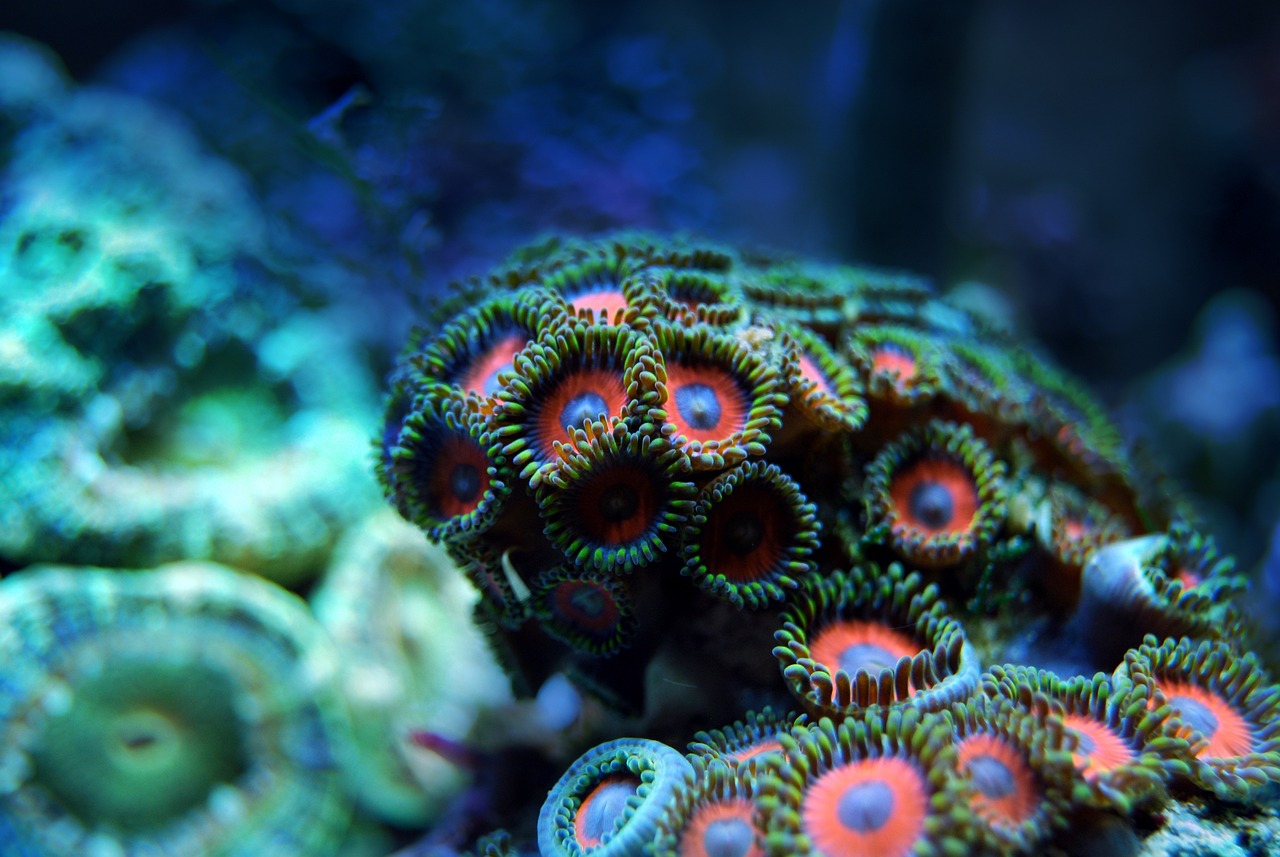The presence of invasive species in birds breeding habitats threatens seabirds globally, detrimentally affecting the population trajectories. In particular, invasive rats are estimated to be present across 90% of the world’s archipelagos, where they directly prey on seabird eggs, chicks, and adults. Furthermore, land-use changes, such as human-facilitated expansions of trees and crop plants, have led to reduced seabird densities due to unfavorable nesting habitats.
In addition to seabird population declines, changes in fishing practices and, subsequently, changes in forage fish stocks can cause seabirds to feed on alternative prey or in novel environments. All these environment changes have caused breakages in chains of interactions among seabird fertilization effects, soil nutrients, and native plant growth, as well as coastal nutrients and plankton abundances.
The eradication of invasive species from islands is a proven and increasingly common conservation tool, undertaken with goals for reversing seabird population declines and biodiversity losses. Hundreds of thousands more breeding pairs of seabirds could return to remote island archipelagos if invasive rats were removed and native vegetation restored, as explained in the study of the Lancaster University.

In the study, researchers also calculated that there are enough fish in the seas surrounding the remote tropical islands that were the focus of the research within hunting range of seabirds to support these restored populations. This is an important factor that has not been considered in previous island restoration studies and could become a vital consideration to guide future island restoration projects around the world.
They predicted the influence of increased seabird-derived nitrogen on the coral reef systems adjacent to the islands of the Chagos Archipelago and applied these predictions to calculate the potential for coral reef metrics (i.e., coral growth, reef fish biomasses, parrotfish grazing, and parrotfish bioerosion) to increase throughout the entire Archipelago. To do this, they measured coral growth.

The results show that rat presence had a negative effect on lesser noddy, sooty tern, and red-footed booby breeding abundances. Islands that had rats had a higher probability of hosting none pairs of seabirds than island without rats. The study predicted that if rats were eradicated from the currently rat-infested islands of the Chagos Archipelago, populations of lesser noddies, sooty terns, and red-footed boobies across these islands could increase.
In addition to exerting a large influence on offshore marine ecosystems via prey extraction, seabirds are ecosystem engineers in and near their breeding habitats, altering physical and chemical conditions. Fertile seabird guano enters adjacent nearshore marine ecosystems via, for example, direct defecation and groundwater discharge. Rember that anthropogenic nutrients from agriculture and waste can increase the susceptibility of corals to bleaching, instead seabird-derived nutrients deliver ratios of nitrogen and phosphorous that are beneficial to coral physiology. Assuming that seabird population restoration is successful and that increased seabird-derived nutrients enter nearshore systems, restored nutrient fluxes could realize a mean 52% increase in reef fish biomass throughout the Chagos Archipelago.
Tropical marine ecosystems host areas of significant importance for seabirds and coral reefs, two of the most threatened marine communities on earth due to a combination of stressors including sea-level rise and extreme temperature events. The results from the Chagos Archipelago suggest that if invasive species were eradicated and native vegetation cover was restored, not only would large populations of seabirds have the potential to recover, but the oceanic prey base would also support recovered seabird populations. Although these results are subject to large uncertainty, themodeling of potential seabird recovery and cross-ecosystem nutrient subsidy effects provides a new layer of information to consider.
References:
“Island restoration to rebuild seabird populations and amplify coral reef functioning”; Dr Ruth Dunn, Dr Cassandra Benkwitt and Professor Nick Graham of Lancaster University; Dr Olivier Maury and Nicholas Barrier from the Université de Montpellier, and Dr Peter Carr of the Chagos Conservation Trust. DOI: 10.1111/cobi.14313





